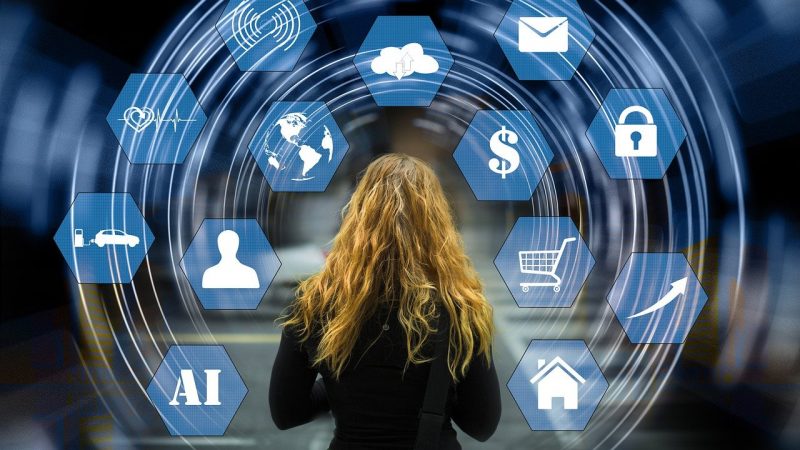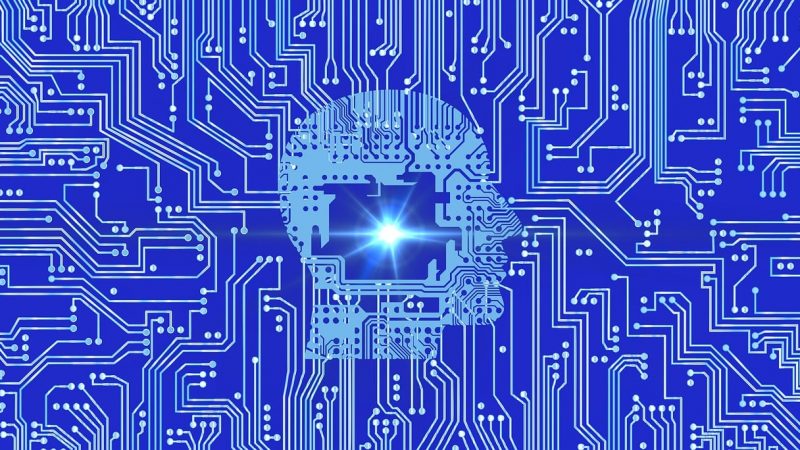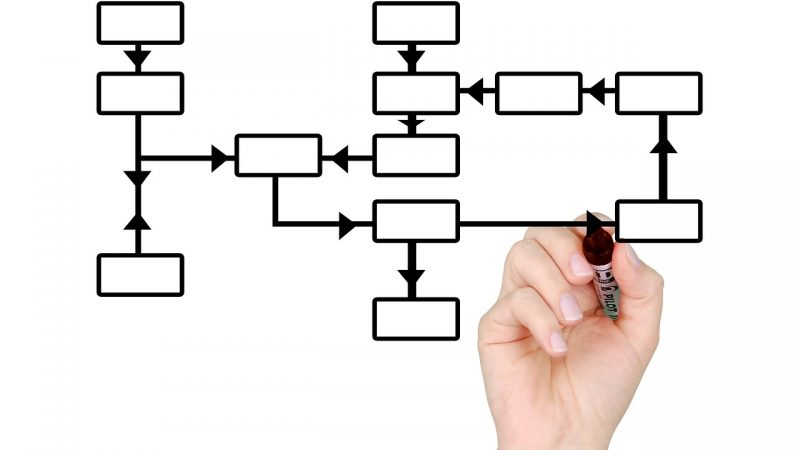The SAMR model provides a framework for assessing how technology integration enhances learning experiences. SAMR categorizes tech usage into four tiers: substitution, augmentation, modification, and redefinition. Guiding technology adoption up this ladder transforms passive tasks into engaging, collaborative activities.
Substitution
Substitution involves directly replacing traditional tools with digital equivalents, without functional change to the core task. Examples:
– Using an online worksheet rather than a printed handout
– Taking notes in a word processor instead of with paper and pen
– Creating posters digitally versus by hand
This basic level of tech integration directly swaps analog and digital formats. The underlying task remains unchanged. Learners derive minimal benefits beyond perhaps novelty or convenience.
Augmentation
Augmentation incorporates technology to improve certain functions of the task. Examples:
– Annotating class reading assignments using online collaboration tools
– Completing math practice exercises on game-based learning platforms
– Contributing to a collective digital word wall versus a physical bulletin board
By augmenting aspects like accessibility, feedback, and collaboration, learning activities become more efficient, versatile, and interactive. But core objectives stay the same.
Modification
Modification utilizes technology to substantially redesign the task, allowing new kinds of learning objectives. Examples:
– Producing video reports and documentaries using mobile devices
– Developing multi-media group presentations with embedded graphics and animations
– Building online portfolios with code samples and simulations to demonstrate skills
Learners apply technology adeptly to demonstrate mastery in creative new formats. Tasks transform from passive to active, individual to collaborative, skill-focused to project-based.
Redefinition
Redefinition involves using technology to create entirely new kinds of learning unachievable without tech. Examples:
– VR field trips allowing students to explore remote times and places
– Augmented museum visits overlaying digital data onto exhibits
– Collaborating with classrooms worldwide on artificial intelligence education
– Experiencing healthcare training through virtual reality simulations
Instead of merely enhancing traditional practices, new technologies enable breakthroughs like personalized adaptive learning, immersive simulations, big data analytics, and global connections that redefine educational possibilities.
Evaluating Learning Activities Using SAMR
Teachers can gauge where lessons and assignments fall on the SAMR scale by considering:
Substitution
– Is tech merely substituting for traditional tools with no functional change?
– Are students passively completing typical tasks through digital means?
– Is learning material simply converted from analog to digital formats?
Augmentation
– Does tech improve certain aspects like accessibility, engagement, or productivity?
– Are capabilities expanded in meaningful ways like collaboration or instant feedback?
– Is tech making activities more efficient, versatile or interactive?
Modification
– Is tech enabling students to demonstrate competencies in new formats?
– Are learners leveraging tech’s creative capabilities for production and innovation?
– Do tech-infused tasks transform learning from passive to active?
Redefinition
– Is tech enabling discovery, analysis and creation impossible otherwise?
– Are learners collaborating globally and immersively simulating scenarios?
– Are tech-based activities providing entirely new kinds of learning opportunities?
Aiming for Modification and Redefinition
While substitution has some benefits, teachers should intentionally design tech usage that strives for modification and redefinition levels to amplify learning:
– Evaluate tasks for opportunities to utilize technology advantageously
– Analyze whether tech integrations improve collaboration, engagement, flexibility, creation
– Determine if activities are passive or actively demonstrating deeper learning
– Assess whether tech enables students to connect with outside experts and resources
– Reflect on how personalization, immersion, and accessibility could redefine learning
Avoid tech use that solely replicates analog activities digitally without innovation. Guide students up the SAMR ladder to unlock tech’s immense educational potential. Monitor outcomes and continue elevating practice. With thoughtful integration guided by SAMR’s tiers of transformation, technology can redefine learning possibilities.








